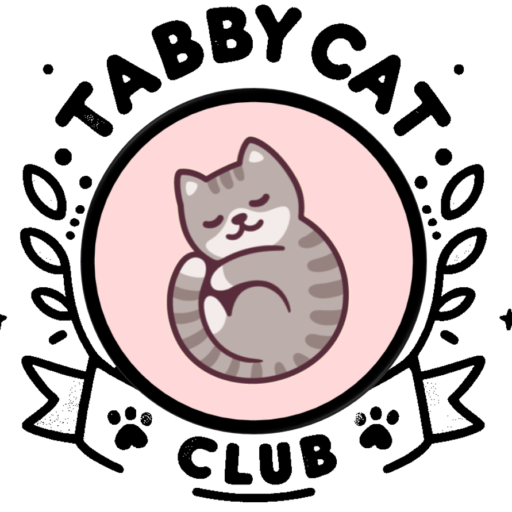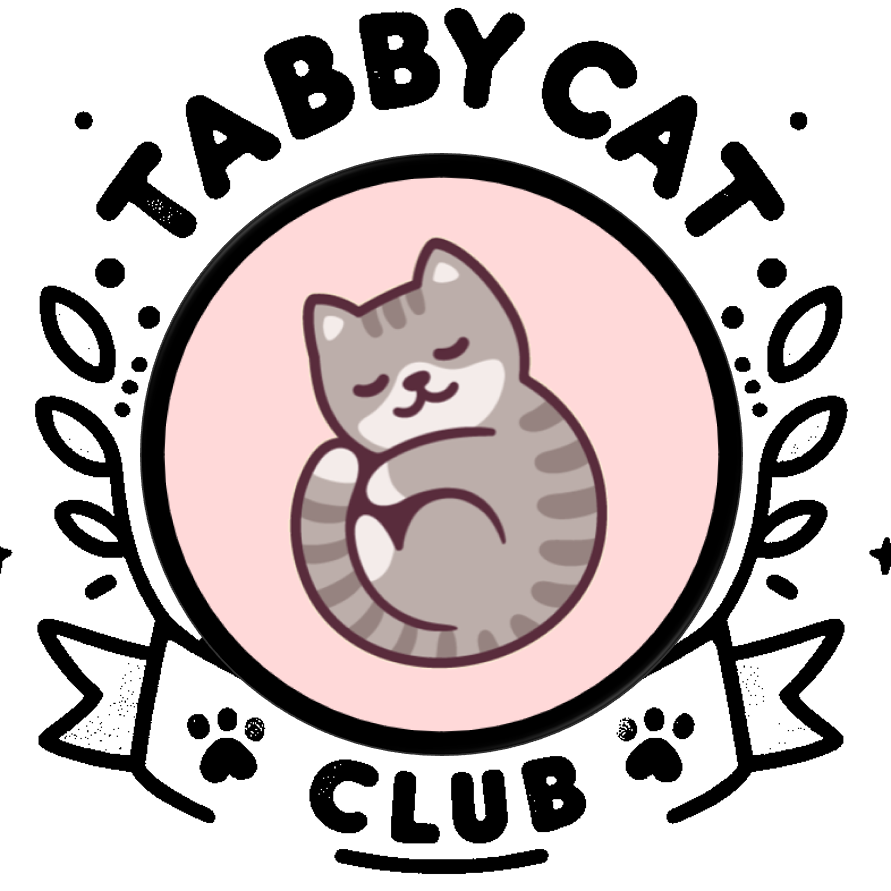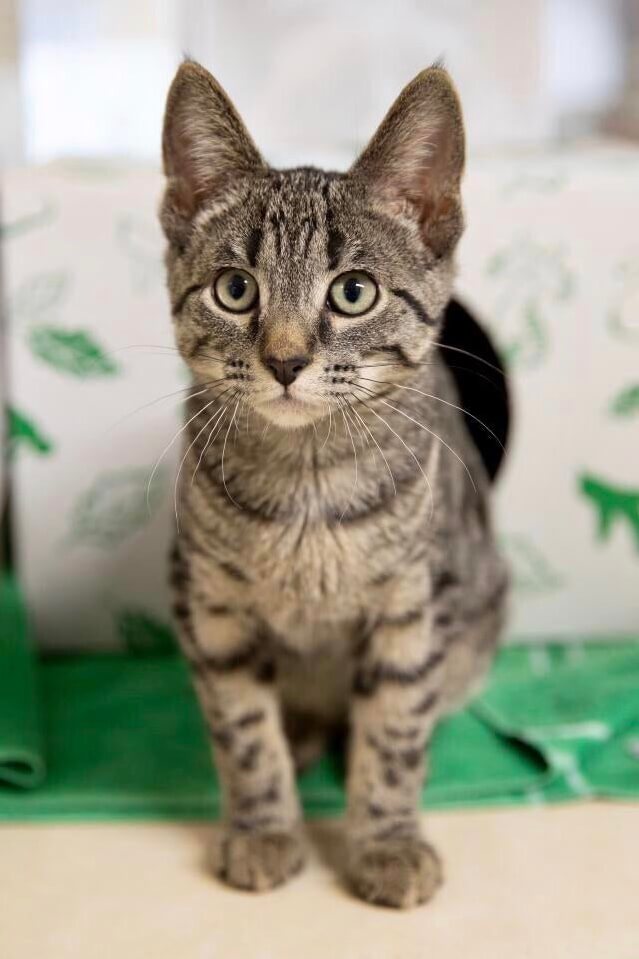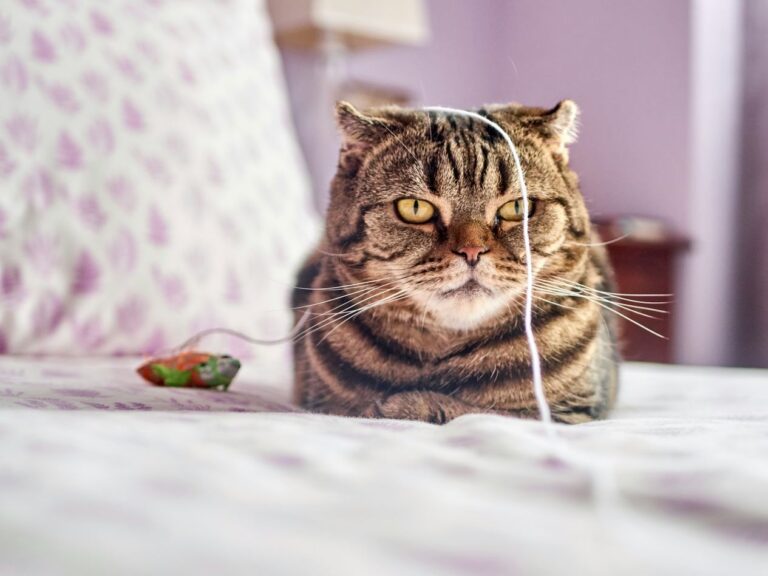Welcoming a tabby cat into your home is an exciting journey filled with affection, companionship, and the unique beauty of their coat patterns. From the vibrant orange tabby cats to the elegant classic and spotted tabbies, these beloved pets come from a variety of cat breeds, each bringing their own set of needs and quirks. This guide is designed to help first-time pet owners navigate the essentials of tabby cat care, ensuring your furry friend enjoys a healthy and joyful life.
Understanding the World of Tabby Cats
Decoding the Tabby Pattern: More Than Just Stripes
Tabby cats are celebrated for their distinctive coat patterns, characterized by stripes, swirls, and spots. These patterns can be found across different breeds, from the sturdy American Shorthair to the majestic Maine Coon. The term “tabby” refers to the coat pattern rather than a specific breed, making tabbies one of the most common types of cats worldwide. Among them, orange tabby cats are particularly beloved for their striking appearance and playful personalities.
Check out these Cat Toys for Bored Indoor Cats: https://amzn.to/3QGPnT3
*As an Amazon Associate I earn from qualifying purchases.
The Rich Diversity of Tabby Cats
The tabby pattern exists in several variations, including the mackerel, classic, spotted, and ticked patterns, each offering a unique aesthetic appeal. These patterns can appear in various breeds, highlighting the diversity within the world of tabby cats. The personality traits of a tabby cat can also vary widely depending on their breed. For example, Maine Coons are known for their friendly, gentle nature, while American Shorthairs are admired for their adaptability and affectionate demeanor.
Essential Care Tips for Your Tabby Cat
Nutrition: Crafting the Perfect Diet for Your Tabby
Feeding your tabby cat a balanced and nutritious diet is crucial for their health. High-quality cat food that meets the nutritional requirements of your pet’s specific breed and age is essential. Orange tabby cats, like all tabbies, benefit from a diet that includes a mix of wet and dry food, ensuring they receive adequate hydration and nutrients. Always ensure fresh water is available to support their overall well-being.
Exercise and Mental Stimulation: Keeping Your Tabby Active
Regular exercise and play are vital for maintaining your tabby cat’s physical health and mental sharpness. Interactive toys that mimic prey, such as laser pointers and feather wands, can engage your cat’s natural hunting instincts. This is especially important for energetic breeds like the orange tabby, which may exhibit higher levels of playfulness and curiosity.
Health and Lifespan: Ensuring a Long, Happy Life
Regular veterinary check-ups are essential to monitor and maintain your tabby cat’s health. Different breeds may have specific health concerns; for instance, Maine Coons are prone to certain heart conditions, while American Shorthairs generally enjoy robust health. Keeping abreast of your cat’s health needs and ensuring they receive preventative care can significantly impact their lifespan and quality of life.
Living Harmoniously: Socialization, Training, and Comfort
Creating a Safe and Nurturing Environment
Ensuring your home is safe and welcoming for your tabby cat is crucial. This includes providing plenty of vertical space for climbing, scratching posts to care for their claws, and cozy resting areas. Cat-proofing your home to remove potential hazards can prevent accidents and keep your tabby safe and secure.
Socialization and Behavioral Training: Building a Bond
Introducing your tabby cat to new experiences, people, and other pets in a controlled and positive manner can help them become well-adjusted and sociable pets. Training your tabby, whether it’s an orange tabby or a classic tabby, in basic commands and litter box etiquette using positive reinforcement strengthens your bond and ensures a harmonious household.
Final Thoughts: Embracing the Tabby Cat Lifestyle
Owning a tabby cat, regardless of the specific breed or coat pattern, is a rewarding experience that brings joy and companionship into your life. By providing proper nutrition, engaging in regular play, attending to their health needs, and creating a loving environment, you’ll ensure your tabby cat lives a happy, healthy life. Welcome to the vibrant world of tabby cat ownership, where every day is an opportunity to learn and grow together.
Frequently Asked Questions:
Are tabby cats high maintenance?
No, tabby cats are not considered high maintenance. Their care requirements are similar to other cats, needing basic grooming, proper nutrition, regular veterinary check-ups, and plenty of love and playtime.
Do tabby cats like to be held?
Tabby cats’ preferences for being held vary individually. Some enjoy cuddles and being held, while others may prefer to keep their feet on the ground. It’s important to respect your cat’s personal space and comfort level.
Can a tabby cat be an indoor cat?
Yes, a tabby cat can thrive as an indoor cat. Providing a stimulating environment with toys, scratching posts, and perches can help keep an indoor tabby cat happy and healthy.
Are tabby cats hard to train?
Tabby cats are not hard to train. They are intelligent and can learn various commands and behaviors through positive reinforcement and consistency.
I just got a tabby cat that is 6 months old. How do I care for it?
For a 6-month-old tabby cat, ensure a balanced diet suitable for their age, introduce a routine for play and rest, keep up with vaccinations and vet check-ups, and offer lots of socialization and affection.
Should I adopt a tabby kitten? How do I take good care of them?
Adopting a tabby kitten can be a rewarding experience. Provide a safe environment, start vaccinations, feed kitten-specific food, engage in regular playtime, and introduce gentle socialization early on.
Are there any pros and cons to having a pet ginger tabby cat?
Pros include their playful and affectionate nature. Cons might be their need for attention and stimulation. Overall, ginger tabby cats make wonderful, loving pets if you can meet their needs.
What is the best food for an orange tabby cat?
The best food for an orange tabby cat is a high-quality diet rich in proteins and fats, appropriate to their age, health status, and lifestyle. Consult your vet for specific recommendations.
I’m getting a three-year-old female spayed tabby cat next week. She is really shy and slightly damaged but also sweet. I’ve never had a pet before. What should I know in advance?
Prepare a quiet, comforting space for her to adjust, be patient, and give her time to acclimate to her new home. Offer gentle interaction, and ensure she has access to hiding places where she feels safe.
How long do indoor tabby cats live?
Indoor tabby cats can live anywhere from 12 to 18 years, sometimes longer, with proper care, nutrition, and regular veterinary check-ups.
Do tabby cats tend to be friendlier than other breeds of cats?
Tabby is not a breed but a coat pattern, so friendliness varies by individual cat. However, many tabby-patterned cats, regardless of their breed, are known for their affectionate and sociable nature.



